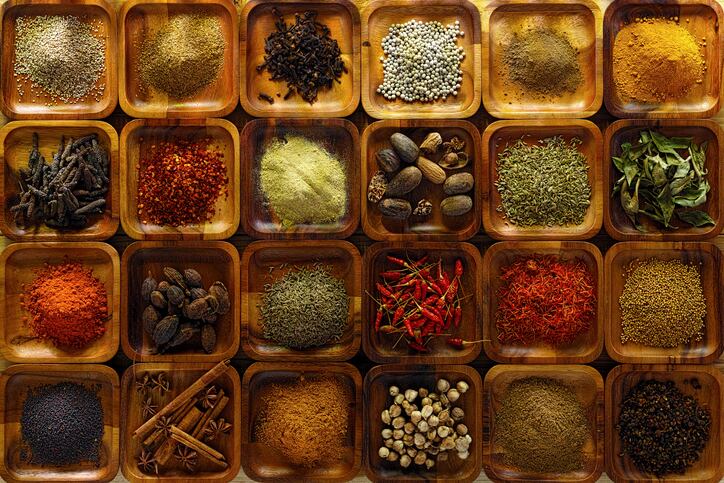In Symrise’s 2022 North American Top Trends report, which is based on interviews with leading food journalists, food service professionals and consumer research insights, the flavor and fragrance company found an increased concern about naturalness and functionality was driving attitudinal changes in how consumers perceive a ‘healthy lifestyle,’ which in turn was influencing the foods and beverages they were adding and dropping from their diets.
According to Symrise senior marketing and consumer insights specialist Evan Unger, this is playing out primarily in two ways – first, with consumers looking for more nutrient-dense options, and second with consumers increasingly turning away not just from sugar – but sweet flavors more broadly – and embracing bitter and sour flavors.
Asian flavors, foods and beverages, play well on both fronts.
For example, Unger said Symrise is tracking a reduction in sweeter flavor profiles, which increasingly are being replaced by citrus or bitter flavors such as those used by emerging Japanese sparkling water brand Kimino, which offers yuzu, ume, ringo and mikan flavored options, and Moshi Yuzo, which offers ready to drink beverages with yuzu, red shiso and apple and white peach.
Likewise, kombucha, which originated in China but has broad global adoption now, is being substituted as both a less sweet and more nutrient dense alternative to traditional soda in ice cream floats at Frice Cream in Miami. It also is replacing more conventional cocktail mixers, like fruit juice, that might be higher in sugar and calories, Unger notes.
Restaurants also are leaning heavily on Asian citrus flavors in dishes ranging from savory appetizers to decadent desserts, he said, noting the Philadelphia-based restaurant Friday, Saturday, Sunday offers kombu cured kampachi with citrus jelly and pickled peppers. Miami restaurant Stubborn Seed offers a dessert with roasted blueberries with yuza cream, olive oil cake and pistachio.
Asian flavors also are appearing in savory and umami ice creams, like the black sesame crème brulee offered at No Won in New York, the coconut, ginger and jasmine tea flavored ice cream at Kryse Ice Cream in Seattle and mochi donuts in flavors ranging from ube, matcha and churro at Dochi in Seattle, according to Symrise’s research.
Research by flavor house T Hasegawa also suggests that popular Asian fruit flavors are positioned well for growth in desserts and confections because they make “adventurous flavors more approachable.”
For example, it found 58% of US consumers are interested in or have experience with dragon fruit, 45% with lychee, 30% with yuzu and 29% with ube.
It also echoed Symrise noting that more consumers (42%) are interested in unique flavors and healthier ingredients (39%) than alternative sweeteners (23%) when it comes to trying sweet baked goods.
Asian flavors contribute to decadent dishes beyond dessert
Beyond beverages and desserts, Asian-inspired flavors and ingredients also are appearing in more indulgent main courses, like barbeque, according to Symrise’s VP of marketing and consumer insights Emmanuel Laroche.
As an example, he pointed to pork belly char-siu marinated in Chinese seasonings and cooked with American techniques at the restaurant Heritage BBQ in Los Angeles, as well as Thai chili spare ribs that blend peanut butter with bird’s eye chili at Blood Bros Brother BBQ in Houston, Texas. He also predicts umami oils and powders plus fish sauce will grow in New York and Seattle.
He also sees Indian flavors moving beyond curry as part of consumers’ broader adoption of modern Asian flavors, such as on flatbreads offered at Tandoori Pizza in the US south, and in hand cut goat belly marinated in garam masala and other spices.
As Asian spices infiltrate more dishes and categories, North American consumers are interested in drilling down and learning more about specific flavors and techniques, rather than settling for the generic term “Asian” as a descriptor, notes Symrise’s Dylan Thompson.
This mindset is allowing culinary professionals to get more creative and use and talk about a wider range of Asian ingredients. For example, Symrise found significant interest among culinary professionals in using kokuto (65%), palapa (52%), achara (40%), yuzu kosho (35%) and gochjang (15%).

